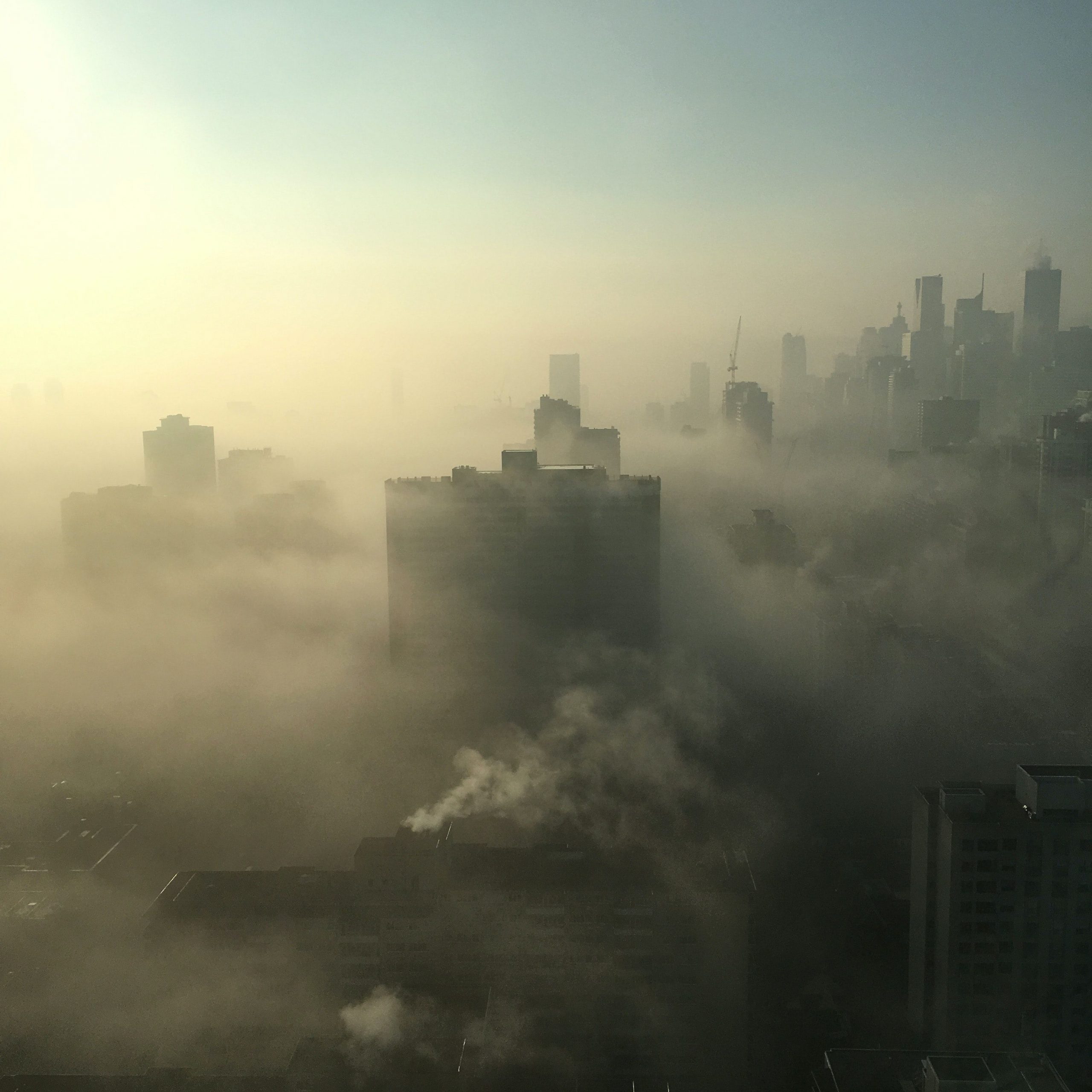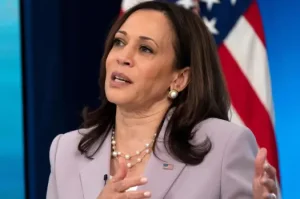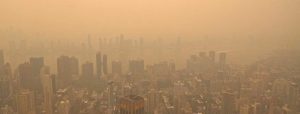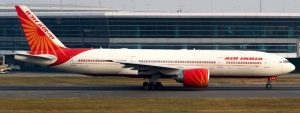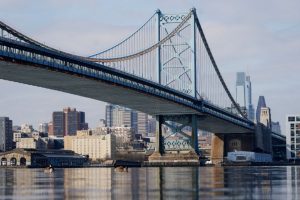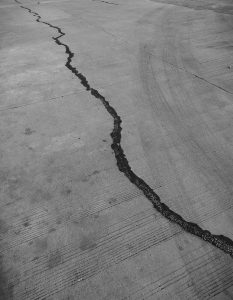Air quality level in Delhi remained in the “very poor” category on Saturday (November 20) with the city’s overall Air Quality Index (AQI) docking at 355, according to the Ministry of Earth Science’s air quality monitor, System of Air Quality and Weather Forecasting And Research (SAFAR).
According to SAFAR, at 6 in the morning, the concentrations of the particulate matter (PM) with a diameter of 10 and 2.5 microns stood at 313 (‘poor’ category) and 191 (‘very poor’ category) respectively.
Also read: Swachh Survekshan 2021: President Ram Nath Kovind to award 342 cleanest cities today
Air quality in Delhi-NCR
PM2.5 particles, which are known for causing lung damage, remained the dominant pollutant in several areas of the national capital. The concentration of PM2.5 particles stood at 383 in Delhi University (North Campus) area, 348 in Pusa, 370 in Mathura Road, 344 in Lodhi Road, 350 in Indira Gandhi International Airport (Terminal 3), 349 in IIT Delhi, and 337 in Ayanagar, according to SAFAR.
Meanwhile, Noida in Uttar Pradesh also continues to struggle with poisonous air, as the concentrations of PM10 and PM2.5 particles clocked at 499 (‘severe’ category) and 386 (‘very poor’ category) respectively.
Also read: Checkup finds Joe Biden ‘healthy, vigorous’ but showing signs of ageing
The quality of air was comparatively better in Haryana’s Gurugram where the concentration of PM2.5 particles was recorded at 303 (‘very poor’ category) and PM10 at 138 (‘moderate’ category).
‘Red Light On, Gaadi Off’ campaign’s phase 2
On Friday, the Arvind Kejriwal-led Aam Aadmi Party (AAP) government in Delhi launched the second phase of its ‘Red Light On, Gaadi Off’ campaign to cut down vehicular emissions, in order to improve the city’s air quality.
Also read: Stressed during pregnancy? These exercises may help you stay stress-free
The campaign, first launched by the government in 2020, urges motorists to turn off the ignition of their vehicles while waiting at the traffic signals across the city, to curb air pollution and save fuel.
This year, the campaign began on October 18. It was to be conducted for one month, but in view of the prevailing pollution emergency, the government decided to launch its second phase from Friday.

